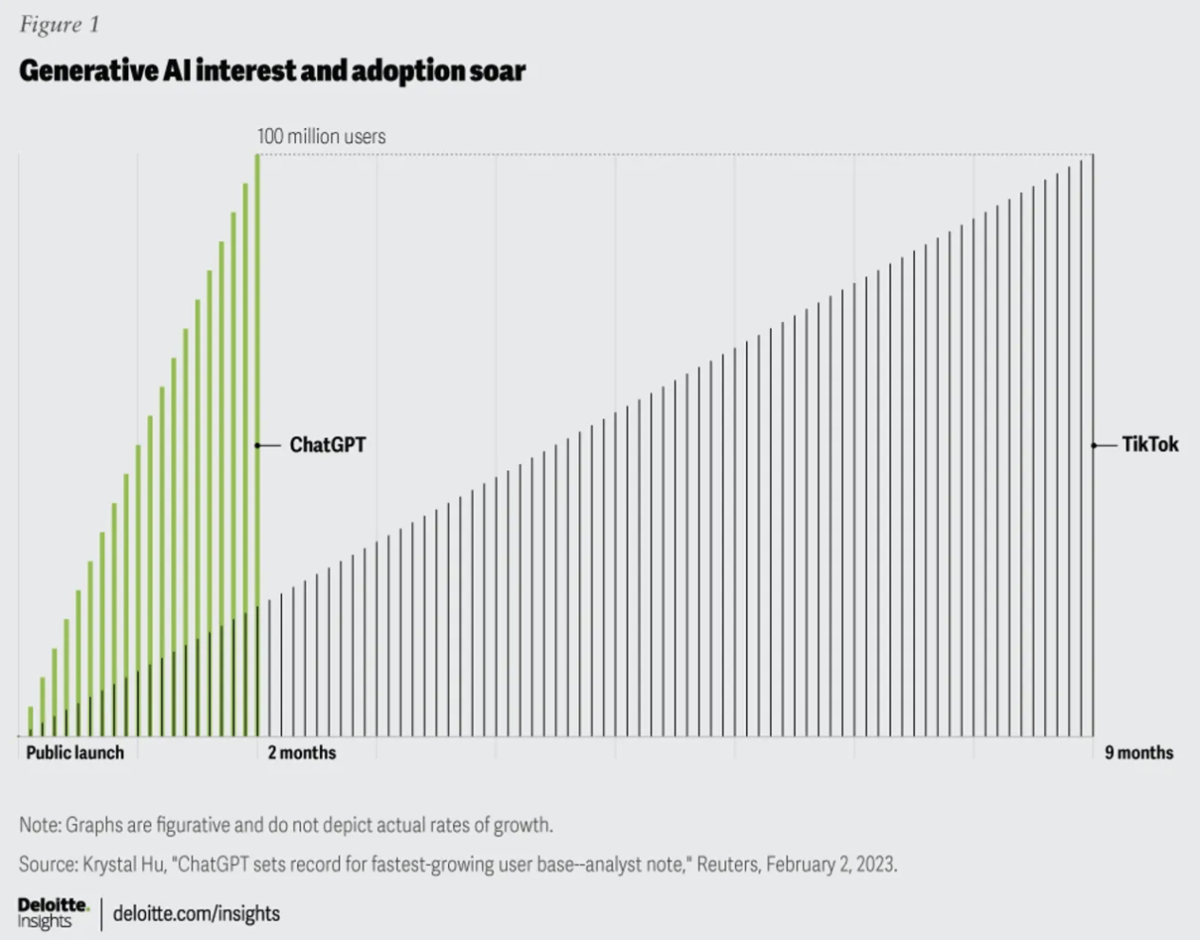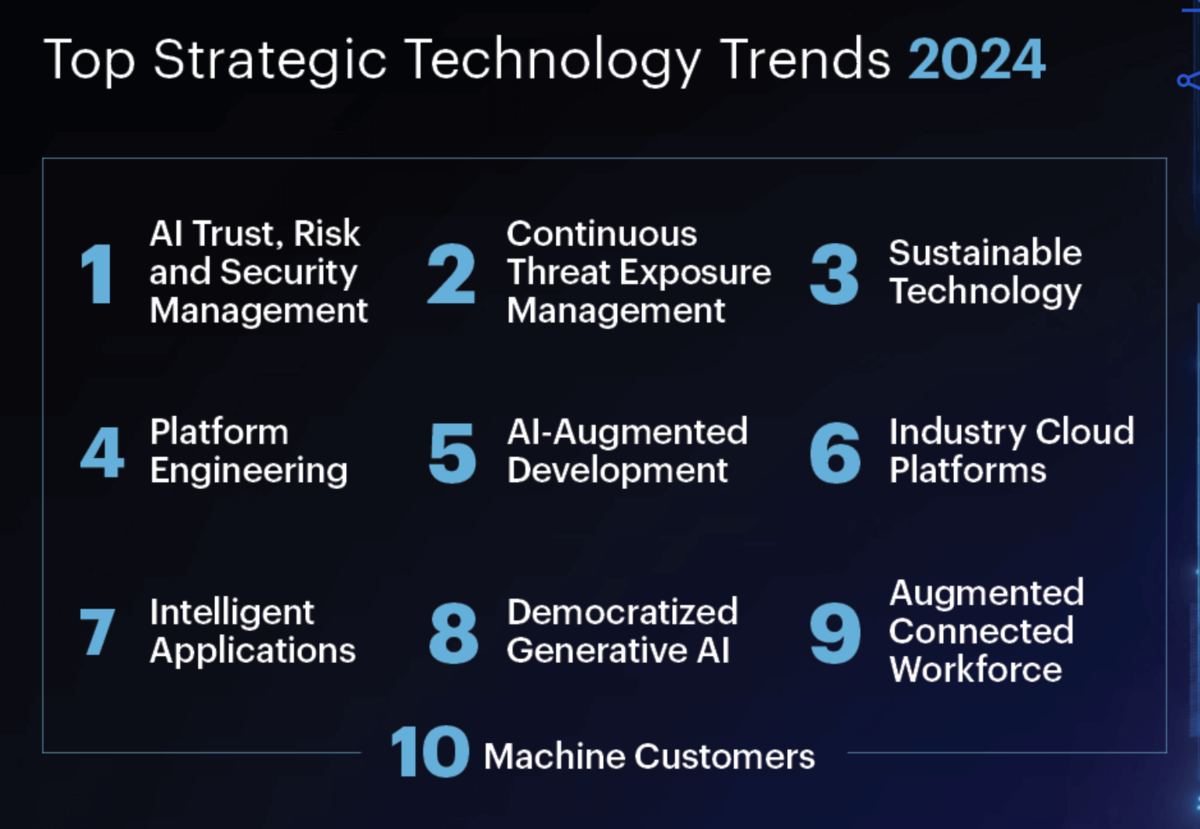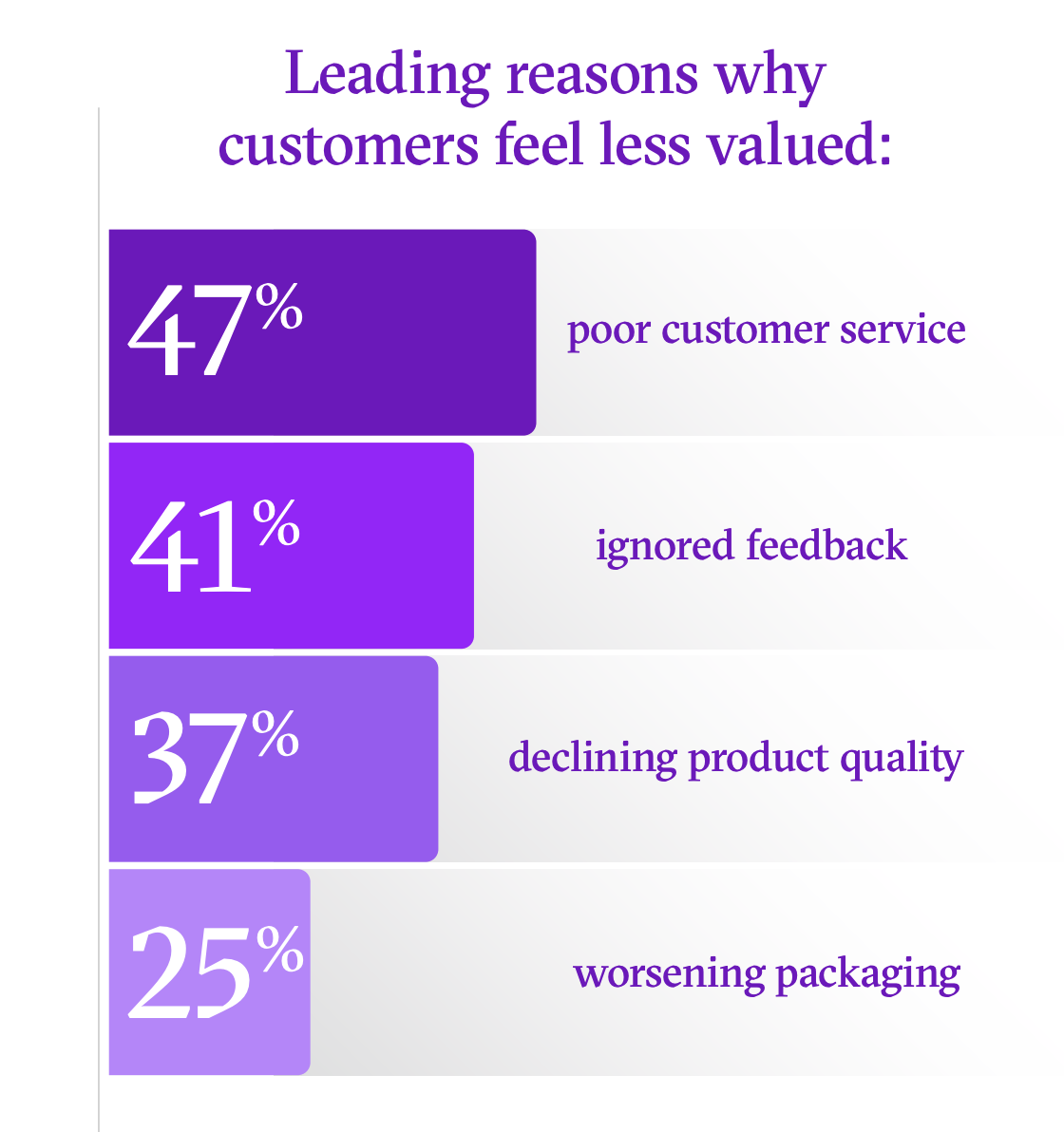What's in store for tech in 2024 - the analysts’ predictions
AI dominated the tech scene in 2023 and is set to cast a long shadow over the industry again in 2024 as businesses move from the experimentation phase to operationalising AI systems.
That’s the key theme from the big consultancies and analyst groups, who have in the past few days released their tech predictions for 2024. Here are some of the key trends they suggest we watch out for.

- Gartner is predicting worldwide IT spending to reach US$5.14 trillion in 2024, up from $4.72 trillion this year. This would represent an annual growth rate of nearly 4 percent year over year.
- By 2026, Gartner predicts that over 80 percent of enterprises will have used GenAI APIs and models and/or deployed GenAI-enabled applications in production environments, up from less than 5 percent in early 2023. Says Gartner: “Deriving business value from the durable use of AI requires a disciplined approach to widespread adoption along with attention to the risks.”
- TRISM - By 2026, Gartner predicts enterprises that apply AI Trust, Risk and Security Management controls will increase the accuracy of their decision making by eliminating up to 80 percent of faulty and illegitimate information.
- Machine customers - By 2028, 15 billion connected products will exist with the potential to behave as customers, with billions more to follow in the coming years.
“This growth trend will be the source of trillions of dollars in revenues by 2030 and eventually become more significant than the arrival of digital commerce,” said Gartner.

Source: Gartner
- The Industrial metaverse: Deloitte says spatial technologies such as digital twins, spatial simulation, and augmented work instructions are taking hold in industrial applications changing the metaverse from “consumer toy to enterprise tool”. The opportunities are promising: “Revenue driven by the industrial metaverse is projected to reach nearly US$100 billion by 2030, far outpacing the consumer (US$50 billion) and enterprise (US$30 billion) segments,” says Deloitte.
- Generative AI as a growth catalyst: “Executives are increasingly under pressure to speed this transition and stay ahead of their competitors. According to one survey, 64% of CEOs say they’re facing significant pressure from investors, creditors, and lenders to speed the adoption of generative AI,”
“Shoehorning generative AI into any and all processes just because it’s a shiny new thing is unlikely to deliver meaningful gains. Instead, businesses may benefit from a more strategic approach to implementation that focuses on leveraging generative AI’s unique capabilities to solve existing problems and help businesses differentiate themselves from competitors. That’s the approach innovative enterprises are taking today.”
- Getting strategic about compute capacity: “Smarter coding and better use of existing compute resources could help enterprises speed up many of their processes, but for a certain class of problems, businesses are increasingly turning to specialized hardware,” says Deloitte.
“GPUs have become the go-to resource for training AI models, a technology that is set to drive huge advances in operational efficiency and enterprise innovation.”
- Core IT shift: IDC expects the shift in IT spending toward AI will be fast and dramatic, impacting nearly every industry and application. By 2025, Global 2000 (G2000) organizations will allocate over 40% of their core IT spend to AI-related initiatives, leading to a double-digit increase in the rate of product and process innovations.
- IT Industry AI pivot: The IT industry will feel the impact of the AI watershed more than any other industry, as every company races to introduce AI-enhanced products/services and to assist their customers with AI implementations. For most, AI will replace cloud as the lead motivator of innovation.
- Infrastructure turbulence: The rate of AI spending for many enterprises will be constrained through 2025 due to major workload and resource shifts in corporate and cloud datacenters. Uncertainty about silicon supply will be joined by shortcomings in networking, facilities, model confidence, and AI skills.
Accenture takes a different approach with its life Trends Report 2024 which suggests that “the harmony between people, tech and business is showing tensions, and society is in flux.”
“Brands have long been on a customer-obsession bandwagon, earnestly lauding the importance of their customer relationships. Now, people see them quietly reversing
these promises and feel the impact on their finances and quality of life,” Accenture points out.
“Where’s the love that was such a priority a short while ago? Brands will need new strategies to present their value, and a new way to define and develop their relationship with their customers.”

Source: Accenture
- Generative AI: Small will be the new big - While current ‘Large Language Models’, will continue to thrive, there is also an increasing need for smaller, more cost-efficient models. These models will get smaller and smaller to run on low-footprint installations with limited processing capabilities, including on the edge or on smaller enterprise architectures. In 2024, new AI platforms will also increasingly battle hallucinations by combining generative AI models with high-quality information from Knowledge Graphs .
In support of all this, platforms will arise, providing tools for companies to leverage generative AI without the need for deep internal technical expertise. This will lead, in the long run, to the creation of interconnected networks of models designed and fine-tuned for specific tasks, and to develop true multi-agent generative ecosystems.
- Quantum technologies: When cyber meets quantum - In the US, the standard for “post-quantum cryptography” (PQC) i.e. encryption algorithms believed to be resistant to quantum attacks, will be issued in 2024 by the National Institute of Standards and Technology. As the Quantum Computing Cybersecurity Preparedness Act requires public and private organizations supplying the US government to be ready to migrate to PQC within a year after the NIST standards are released, this topic is bound to make its way into boardroom conversations in 2024.
- Semiconductors: Moore’s Law isn’t dead, but it is changing - The semiconductor industry is on the verge of a transformative era, with multiple factors converging to redefine its landscape in 2024. Chips are reaching 2nm (nanometers), transistors are approaching the size of a few atoms, and the ever-growing investments in R&D and cutting-edge fabrication facilities are becoming challenging for even the largest chipmakers. 2024 should see an evolution of Moore’s law, with new paradigms: despite approaching the absolute physical limit of chip miniaturization, chiplets should see breakthroughs in 3D chip stacking, innovations in material science and new forms of lithography to continue increasing computing power.
